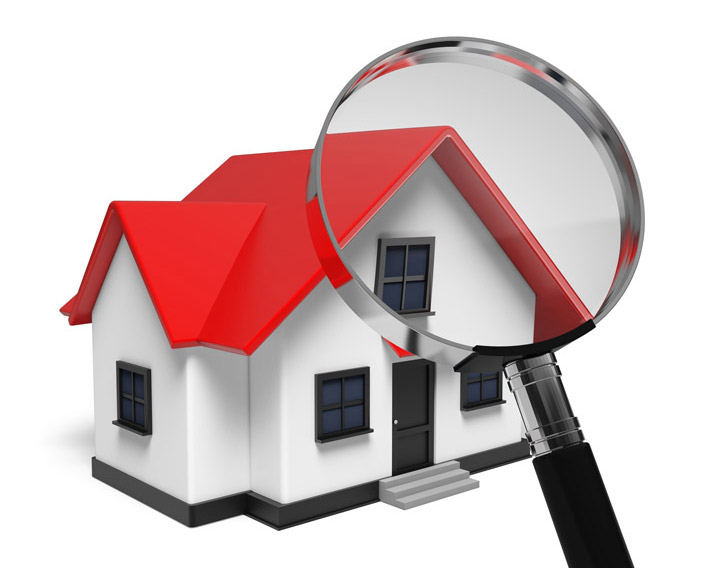
Real Estate Appraisals: A PrimerTheir home's purchase can be the biggest financial decision some people may ever make. It doesn't matter if where you raise your family, an additional vacation home or an investment, purchasing real property is an involved financial transaction that requires multiple people working in concert to see it through. The majority of the participants are quite familiar. The most known person in the transaction is the real estate agent. Then, the lender provides the financial capital needed to fund the transaction. And ensuring all details of the transaction are completed and that the title is clear to transfer from the seller to the buyer is the title company. So, what party is responsible for making sure the property is worth the amount being paid? This is where you meet the appraiser. We provide an unbiased opinion of what a buyer could expect to pay — or a seller receive — for a property, where both buyer and seller are informed parties. A licensed, certified, professional appraiser from John Wharton will ensure, you as an interested party, are informed. The inspection is where an appraisal startsOur first responsibility at John Wharton is to inspect the property to ascertain its true status. We must physically see aspects of the property, such as the number of bedrooms and bathrooms, the location, living areas, etc, to ensure they truly exist and are in the condition a typical buyer would expect them to be. The inspection often includes a sketch of the property, ensuring the square footage is correct and conveying the layout of the property. Most importantly, the appraiser looks for any obvious features - or defects - that would affect the value of the property. Once the site has been inspected, we use two or three approaches to determining the value of real property: paired sales analysis and, in the case of a rental property, an income approach. 
Cost ApproachThis is where we pull information on local construction costs, labor rates and other elements to ascertain how much it would cost to construct a property nearly identical to the one being appraised. This value usually sets the upper limit on what a property would sell for. It's also the least used method. 
Analyzing Comparable SalesAppraisers become very familiar with the subdivisions in which they work. They thoroughly understand the value of particular features to the people of that area. Then, the appraiser researches recent transactions in close proximity to the subject and finds properties which are 'comparable' to the real estate in question. By assigning a dollar value to certain items such as upgraded appliances, extra bathrooms, additional living area, quality of construction, lot size, we add or subtract from each comparable's sales price so that they are more accurately in line with the features of subject.
In the end, the appraiser reconciles the adjusted sales prices of all the comps and then derives an opinion of what the subject could sell for. When it comes to putting a value on features of homes in Gilbert and Maricopa, John Wharton can't be beat. The sales comparison approach to value is usually given the most consideration when an appraisal is for a home sale. Valuation Using the Income ApproachA third method of valuing a house is sometimes employed when an area has a reasonable number of rental properties. In this situation, the amount of income the property generates is factored in with other rents in the area for comparable properties to determine the current value. ReconciliationAnalyzing the data from all applicable approaches, the appraiser is then ready to document an estimated market value for the property in question. It is important to note that while this amount is probably the best indication of what a house is worth, it probably will not be the final sales price. It's not uncommon for prices to be driven up or down by extenuating circumstances like the motivation or urgency of a seller or 'bidding wars'. But the appraised value is typically used as a guideline for lenders who don't want to loan a buyer more money than the property is actually worth. It all comes down to this, an appraiser from John Wharton will guarantee you get the most fair and balanced property value, so you can make profitable real estate decisions. |